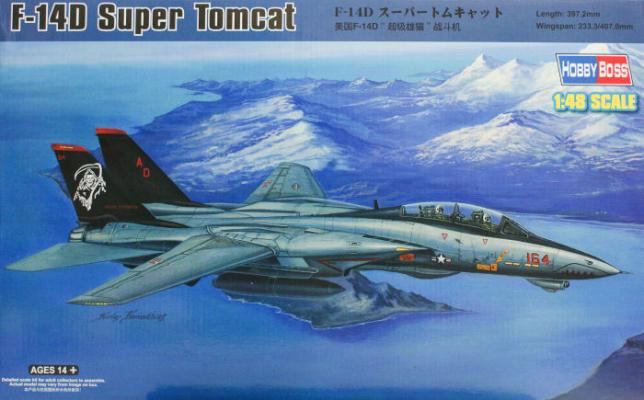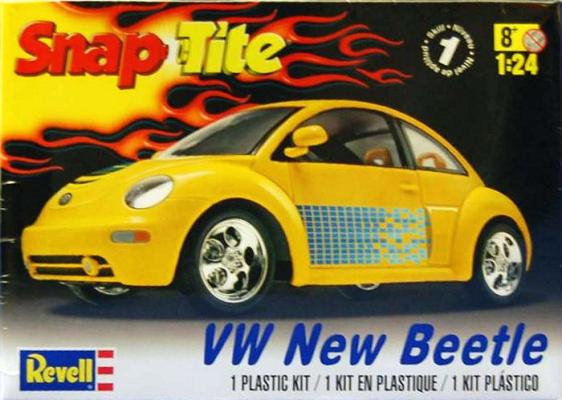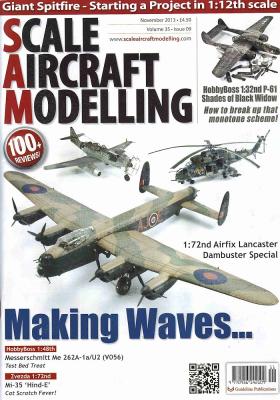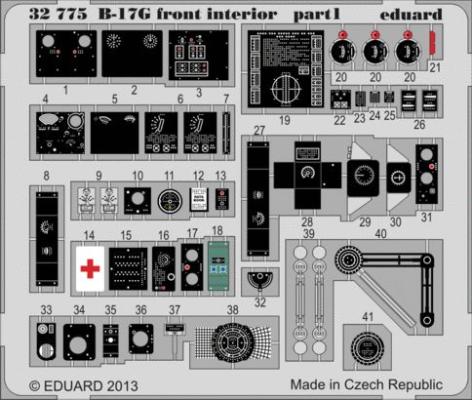Hobby Boss continues its F-14 series with a modern F-14D. The kit is large. There are 27 sprues of well-defined gray plastic, along with vinyl tires, a photoetch fret, one sprue of clear parts, and three decal sheets. Ten of the sprues are for weapons, including two GBU-12, two fuel tanks, four Mk-82's, four GBU-31's, six AIM54's, four AIM-7's and two AIM-9's. The kit features an open gun bay, refueling probe, two complete engines (that can't be seen), and a complete optional radar.
When this kit came out, the first thing that attracted me was the markings. The VF-101 markings with a black tail and white grim reaper were excellent, but then I noticed that the second markings were from VF-213 aboard the USS Carl Vinson where my son is stationed, so it became a no-brainer. Also, I had built the excellent 1/48th scale carrier deck from Skunkmodels, so it was time to build a kit to rest on the deck. This meant I want the plane to represent a configuration ready to take off.














